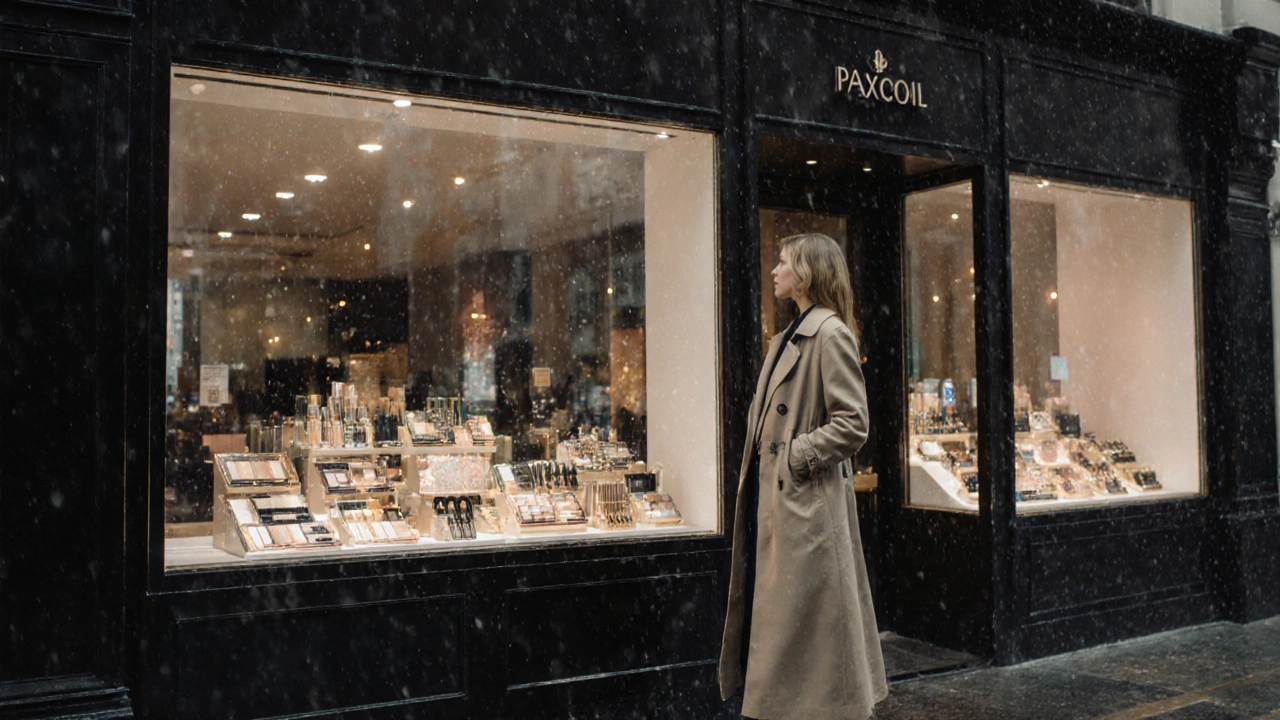Makeup Industry Earnings – Trends, Numbers & Insights
When looking at makeup industry earnings, the total revenue generated by companies that produce and sell cosmetic products worldwide. Also known as beauty market revenue, it reflects how much money consumers spend on everything from foundation to lip gloss. This figure is part of the broader cosmetics market, a multi‑billion‑dollar sector covering makeup, skincare, fragrance and hair care. Major beauty brands, companies like L'Oréal, Estée Lauder and local UK players drive a large share of those earnings. Meanwhile, consumer spending, the amount individuals allocate to personal appearance each month acts as the engine behind the numbers.
Key Drivers of Makeup Industry Earnings
First, product innovation pushes the revenue curve upward. When a brand launches a new foundation formula that promises 24‑hour wear, sales spike and the overall earnings climb. Second, digital channels have reshaped buying habits. Social media ads, influencer reviews, and direct‑to‑consumer sites cut out middlemen, letting brands keep more profit while still expanding their reach. Third, global economic health matters – when disposable income rises, people tend to spend more on makeup, boosting the earnings total.
In addition, geographic shifts matter. Emerging markets in Asia and Latin America are now accounting for a bigger slice of the earnings pie than traditional strongholds like the US and Europe. Local preferences for bright colors or specific skin‑tone ranges drive tailored product lines, which in turn lift regional revenue. Seasonal trends—such as holiday gift sets or summer bronzers—also create predictable bumps in the earnings calendar.
Another driver is the rise of clean and sustainable cosmetics. Brands that label their products as cruelty‑free, vegan or recyclable often command higher price points. That premium pricing directly adds to makeup industry earnings. Retailers that stock these items see higher average transaction values, reinforcing the link between consumer values and revenue.
Regulatory changes can either tighten or open opportunities. New safety standards may raise production costs, but they also build consumer trust, leading to more purchases. Conversely, relaxed import duties in certain regions make it cheaper for brands to ship products, increasing their margins and overall earnings.
Technology plays a subtle but powerful role. AI‑driven shade matching apps reduce return rates, meaning brands keep more of the money they earn. Virtual try‑on tools keep shoppers engaged longer, turning browsers into buyers. Each of these tech improvements nudges the total earnings upward.
While the numbers look strong, competition remains fierce. Hundreds of indie brands launch each year, each vying for a slice of the earnings pie. This churn forces established companies to continuously innovate and price strategically. The result is a dynamic market where earnings can swing quickly based on trends, launches, and consumer sentiment.
Below you’ll find a curated collection of articles that dive deeper into specific aspects of the makeup world—price guides, brand comparisons, beginner tutorials and more. Together they paint a full picture of how the industry makes its money and where the opportunities lie for both shoppers and professionals.

Which Makeup Brand Earns the Most Money? 2025 Revenue Breakdown
Find out which makeup brand makes the most money, see revenue numbers for the top five earners, and learn the trends shaping the beauty industry's profits.
© 2025. All rights reserved.